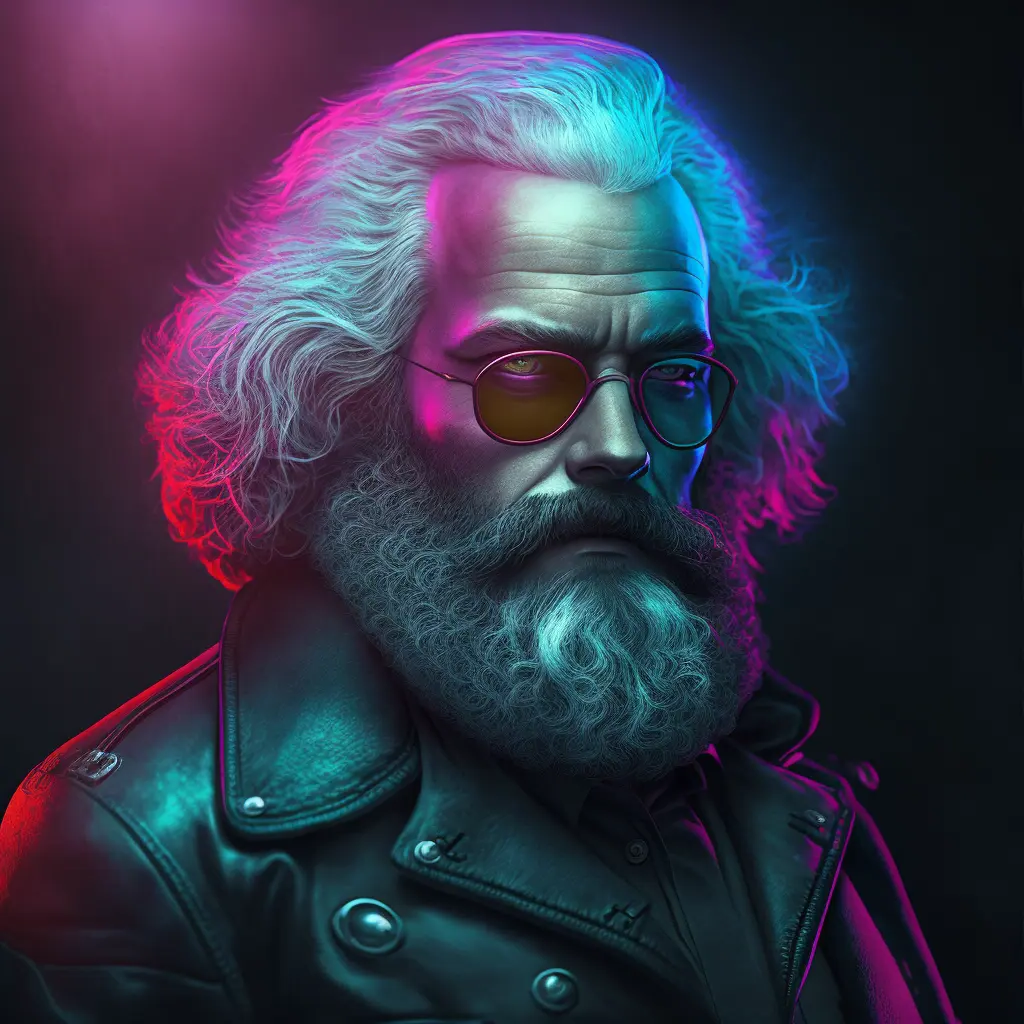Please excuse the source material, but to my knowledge all modern armies follow this template to a certain extent.
In fact, it’s nothing new and we can’t even say that the Americans invented this organisation. The Romans, some 2000 years ago, already divided their huge armies in smaller units so that they had flexibility both in practice and theory – that is at every level of the hierarchy, while the higher levels represent theory (strategy) and the lower levels practice (execution). This was maybe not novel to some armies they fought, but some of the armies they fought were not structured this way… and were utterly defeated.
Clearly this structure has left its mark and perhaps it is this union of theory and practice that makes it the most effective army structure available today still.
Please note that this graphic only shows the size of each chunk, and not their composition. For example we know nothing of how many tanks or artillery cannons are in a squad (and squads themselves are stereotyped, meaning you have many different squad “templates” all equipped differently). The size of these units may also vary depending on the assignment.
Note also that the United States has a fifth star general, and it is always the President. The President is the chief of armies and their orders supersede any given by the four-star general (who is a career soldier, not like the President who is a politician and elected into office from potentially nothing). This is particular to the United States, as most other countries name or elect their chief of armies independently of the President.
It’s interesting to note, and a topic to delve into later, that usually soldiers will obey their generals more than any politicians. Time and time again (Harman notes some examples here, though I don’t remember in which chapter exactly), generals have outright refused orders from politicians without any consequences, because they have the soldiers on their side. That is perhaps also why the military has this capacity to coup the government and install their generals in politics, as we’ve seen lately for example in Myanmar.
In any case, I’m posting this info here so that we have some frame of reference when discussing battalions, divisions, platoons, etc.
Somewhat related, but there’s also a fire team, which is no more than 4 people, (2 fireteams make up a squad), which is a good number for the smallest unit for any org. Any more than 7 people, then people are generally less likely to speak up, or feel close to the other members.

